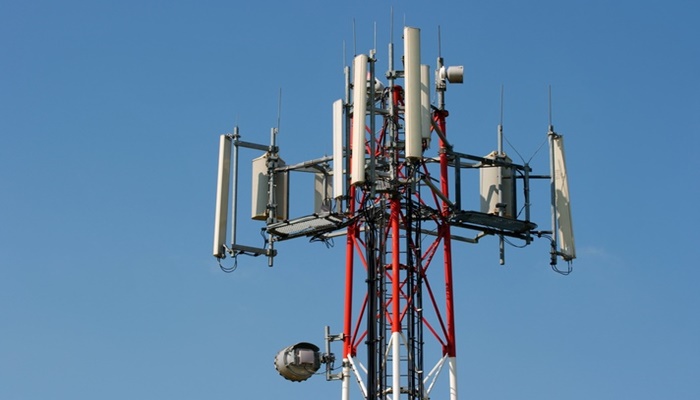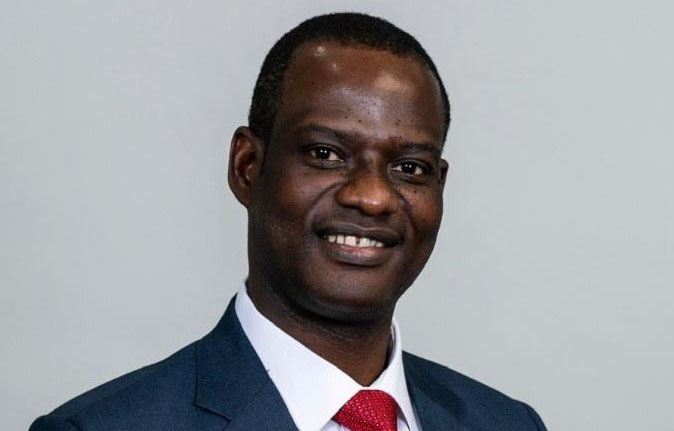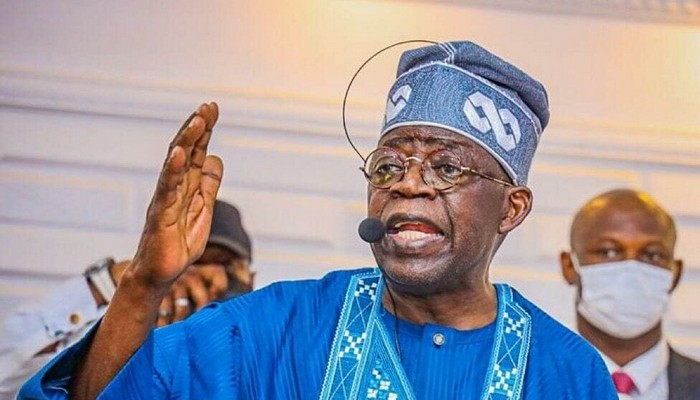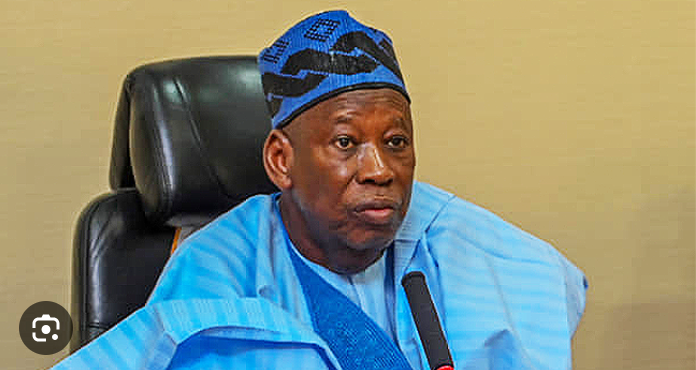50% of world’s population still lack Internet access – Ericsson

A total of 55% of the world’s populations are still missing on the Internet access radar.
Ericsson, a Swedish technology firm, which disclosed this, while unveiling another set of solutions to help bridge global digital divide and bring mobile broadband coverage to the remaining three billion people who are underserved or without mobile broadband access, noted that 50 per cent of the population in developing markets should have Internet access going by the Connect 2020 Agenda.
Already, the International Telecommunications Union (ITU), had in its ICT Facts & Figures 2016, revealed that developing countries now account for the vast majority of Internet users, with 2.5 billion users compared with one billion in developed countries.
It, however, pointed out that Internet penetration rates tell a different story, with 81 per cent in developed countries, compared with 40 per cent in developing countries and 15 per cent in the Least Developed Countries.
In Nigeria, out of the World Bank estimated 170 million populations, statistics from the Nigerian Communications Commission claims there are now 93 million Internet users, who are serviced majorly through the narrow band by the service providers.
However, for Ericsson, the new suite of solutions, which include software and hardware additions to Ericsson Radio System, provide the capabilities needed to reduce the total cost of ownership by up to 40 per cent when rolling out Ericsson’s total site solution for mobile broadband, making investments in low-ARPU markets viable.
To complement deployment of the solutions are new unique mobile broadband tools, which allow operators to identify which sites in a GSM/EDGE coverage area have the highest number of users who already have internet-ready devices. Operators can then determine where it makes more sense to convert those sites first to HSPA or 4G/LTE, so that the greatest number of people will enjoy the benefits of mobile broadband.
The Broadband Commission for Sustainable Development, co-chaired by International Telecommunications Union (ITU) and UNESCO, has championed the vital role that Information and Communication Technology (ICT) plays in laying the foundation to achieving the UN Sustainable Development Goals, and its new report to be launched later highlights that the digital divide is shifting from basic telephony to Internet.
The Broadband Commission estimates that it would cost $450 billion to bring the next 1.5 billion people online. Head of Business Unit Network Products, Ericsson, Arun Bansal, said: “These are among the most important additions to our product portfolio for mobile broadband coverage growth ever. Ericsson supports the ITU’s Connect 2020 target of ensuring that more than 50 per cent of people in the developing world are using the internet by 2020.
“In order to reach this goal, together we will need to connect roughly 500,000 new users to the Internet each day. Ericsson continues innovating so that operators can create viable business even in rural or off-grid settings, and to make the most difference with every investment.”
Principal Analyst, Intelligent Networks, Ovum, Daryl Schoolar, said these innovations address investment pain points while also considering the current situation and environment of many of these builds.
Schoolar said Ericsson is unique in their multifaceted approach and focus on spurring mobile broadband adoption in these developing markets.
He said the new solutions address the significant divide in Internet adoption between developed and developing countries – only four out of 10 people in developing countries are connected to the Internet and about 15 per cent of the world’s population do not have access to electricity – and the innovations follow a trio of solutions for developing areas unveiled in February this year: Flow of Users, Zero Touch and Mobile Broadband Expander.
Head of Region, Sub-Saharan Africa, Jean-Claude Geha, said: “As at 2015, GSM/EDGE still accounted for close to 70 per cent of the total mobile subscriptions in sub-Saharan Africa. As a technology leader, we continuously seek to develop sustainable ways to provide quality mobile broadband coverage — even in the unconnected areas.
“These energy-efficient suites of solutions will enable operators to seamlessly identify underserved communities in the region, making it faster to introduce or improve the mobile broadband experience of their subscribers. This will open new opportunities in far flung areas in the region, creating access to new services such as mobile money, e-health, e-education and e-government, thereby transforming the way people play, learn and do business forever.






